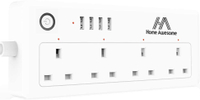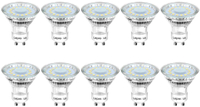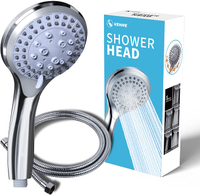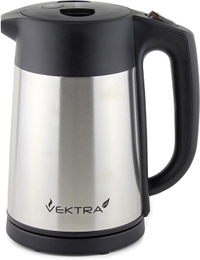10 energy-saving life hacks: How to save on electricity bills & more
Learn how to save on electricity bills and reduce your home's energy consumption.

Are you looking for new answers about how to save on electricity bills? With the general rise in energy prices across much of the globe, it's easy to feel helpless when faced with incessant expenses. For example, it was recently announced that in April 2022, the U.K. will see an energy bill rise of 54 percent, according to the U.K. Parliament website.
However, there are many ways that you can reduce your energy consumption, make significant monetary savings and benefit the environment too. Fossil fuels are the most common source of energy used for electricity, according to the U.S. Energy Information Administration. When these fossil fuels are burned, they release greenhouse gases, such as carbon dioxide, which trap heat in Earth’s atmosphere and contribute to global warming.
Using renewable sources, such as solar and wind power, to supply energy to your home appliances can make you and the planet better off. According to research by the National Renewable Energy Laboratory (NREL), generating 35 percent of electricity using wind and solar energy in the western U.S. would result in 25-45 percent lower carbon dioxide emissions. It would also reduce fuel costs by 40 percent.
From completely altering your energy sources, to small habit changes around the home, here are ten life hacks to help you save energy, and cut bills.
1. Turn appliances off standby
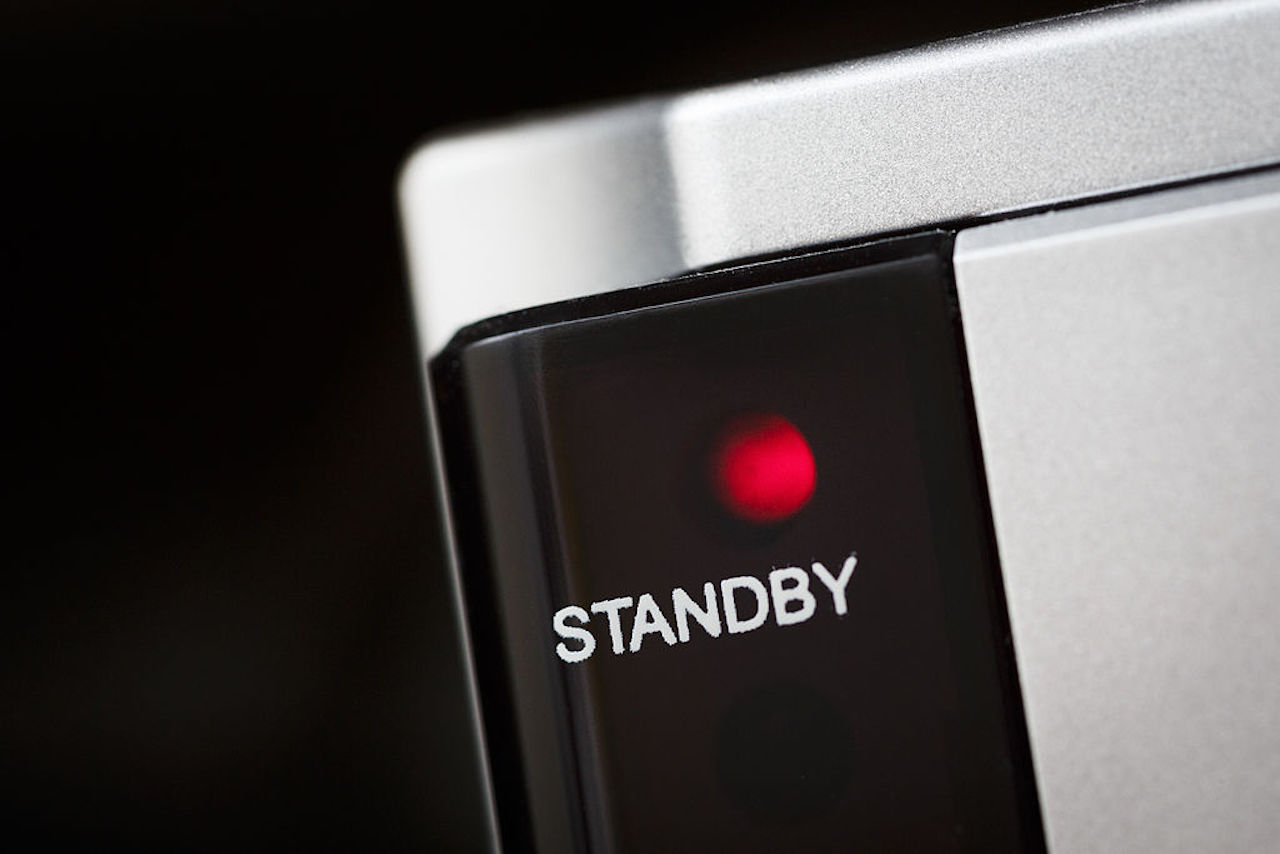
When you leave electrical appliances on but unused, many enter ‘standby mode’. While the device looks like it isn’t using up any energy, it is using electricity in the background — called phantom power — while it prepares to instantly switch back on.
According to gas and electricity supplier Utilita, leaving appliances on standby can increase your energy consumption by 75 percent. This convenient setting can end up costing you $108 (£80) more a year. To prevent increased bills, make sure to check that your appliances and plugs are completely powered off when not in use.
Smart Power Strip WiFi Plug Surge Protector: £29.49 £29.49 on Amazon
Save 12% on a smart power strip by Home Awesome to ensure all your devices are powered off. Using a smartphone or voice assistant control, devices plugged into the power strip can be monitored and turned off.
2. Wash clothes efficiently
The process of washing and drying your clothes contributes significantly to your energy bills, but there are ways to lower these costs just by changing the settings on your washing machine. The Energy Saving Trust estimates that you can save $38 (£28) annually just by lowering the temperature of your washing machine’s cycle to around 86 degrees fahrenheit (30 degrees Celsius) and using it once a week.
Tumble dryers should be avoided altogether and replaced with drying racks or washing lines. This can save $75 (£55) a year. According to the Centre for Sustainable Energy, using an iron can to smooth the creases in clothes can cost you around 6.1 cents (4.5 pence) per ten minutes of use. One hack to avoid ironing completely is to hang creased clothes in the bathroom. The air humidity created by the shower will actually smooth the wrinkles in your clothes.
3. Choose energy-saving bulbs

One of the fastest ways to reduce your energy bills is to install energy-efficient lighting, according to the U.S. Department of Energy. 15 percent of a home’s electricity usage goes towards lighting, but your choice of light bulb can determine how much money you spend and carbon dioxide you produce. According to the U.K. Energy Saving Trust, replacing all the bulbs in a home with LED lights can reduce carbon dioxide emissions by around 40kg a year.
Incandescent light bulbs, which are the traditional bulbs that have been in use for over 100 years, only convert five percent of their electricity into visible light. The first energy efficient bulbs made available to purchase were compact fluorescent lamps (CFLs). These last ten times longer and use up to 80 percent less electricity than traditional bulbs. More efficient again are light emitting diodes (LEDs), which display full brightness as soon as they are turned on. It is important to turn lights off when leaving a room to reduce unnecessary energy usage.
Lepro GU10 LED Bulbs £21.99 £15.29 on Amazon
Investing in a new set of LED lights to replace your incandescent set will reduce your household’s electricity consumption. You can get 30% off energy-saving LED bulbs with a pack of ten from Lepro.
4. Insulate your home
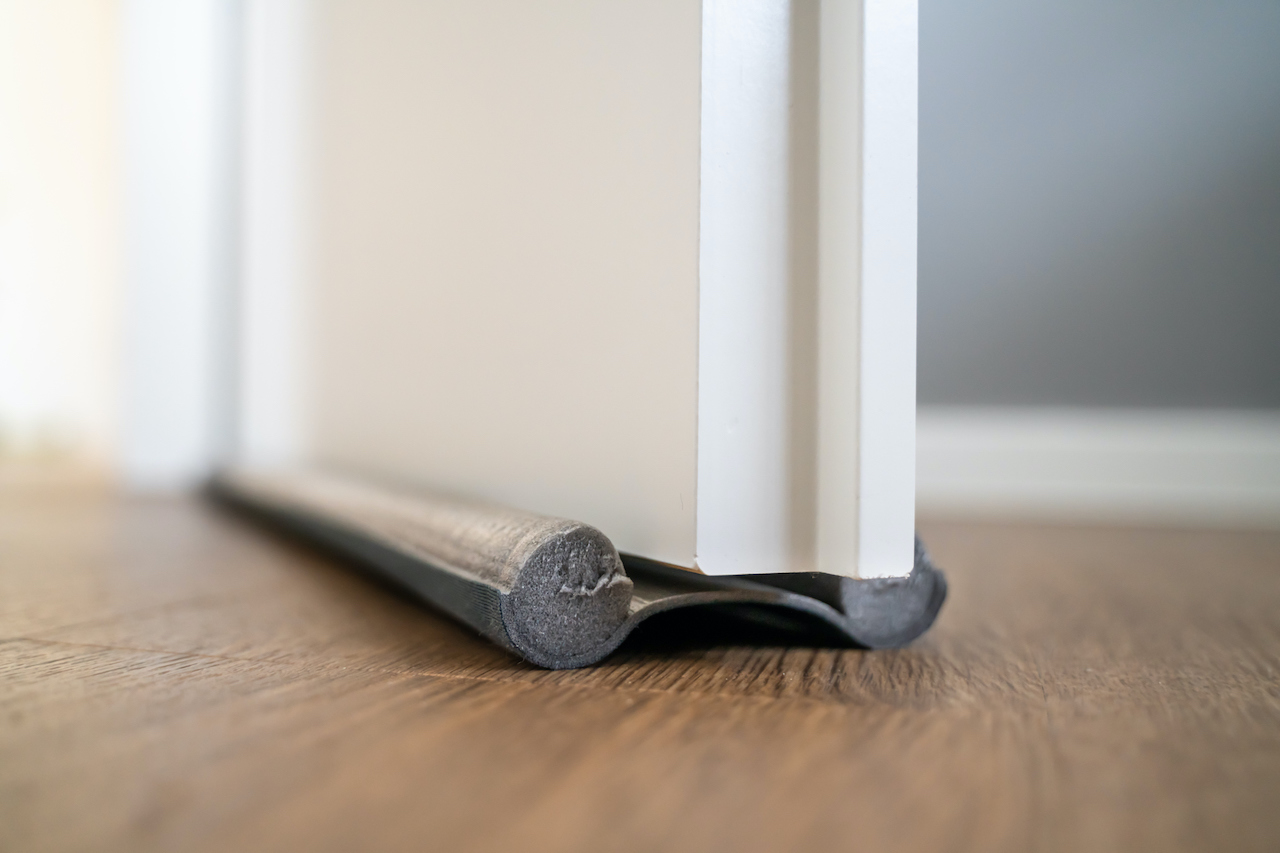
You can keep your home warmer for longer, and save money on your heating bill, by using a few techniques to prevent heat from escaping. About one third of escaped heat from an uninsulated home is lost through its walls, while a quarter can be lost through the roof according to the Energy Saving Trust.
Draught-proofing your home is one of the best ways to cut energy costs, blocking cracks, gaps and holes in windows and doors through which heat can escape.
Heat can also easily escape from water tanks and pipes if they are not properly insulated. If you invest in a better-insulated water tank, it will remain hotter for longer, meaning it will need to be reheated less often, saving you money on bills.
5. Harness the Sun’s power
Solar panels can be installed onto roofs and used to convert direct or indirect sunlight into usable energy. When the sun shines on the panels’ semiconducting material, a flow of electricity is produced. In direct sunlight, a single panel can generate 200-350 watts of energy, according to the Energy Saving Trust.
Solar panels will cost you around $6,500 (£4,800) to install, depending on the size of the solar panel array. However, this investment saves money over time. Sunlight is free and sustainable, meaning that you won’t have to pay as much in energy bills after the initial purchase.
There are also additional benefits, as many energy companies will pay for any excess energy your panels produce. In the U.K, the Smart Export Guarantee support mechanism ensures that households are paid by the National Grid for any electricity they export.
Related: How do solar panels work?
6. Take more showers

The popular phrase of “throwing money down the drain” becomes more literal when considering the price of showering. While some people enjoy a long shower, reducing the time of your wash can result in substantial savings. 25 percent of U.K. indoor domestic water is used when showering, according to the Journal of Industrial Ecology.
If you regularly have baths, replacing them with showers has the potential to greatly reduce energy usage. According to the Department of Energy and Climate Change, replacing two baths with two seven minute showers every week could save up to 6,200 gigawatt hours per year (GWh/y). This is a greater saving than reducing shower times by two minutes, four times a week, which has the potential to save 5,400 GWh/y.
VEHHE Shower Head Powerful Flow £19.99 £13.59 on Amazon
You can save a refreshing 32% on the usual price of VEHHE's water-saving shower head. There are five different stream settings on the head, which VEHHE also claims can save you around 30% more water in a daily shower.
7. Reverse your ceiling fan
Ceiling fans are installed in some homes to move the air during warm weather, making people feel cooler. However, it is less commonly known that these systems can be used to warm homes in the winter.
Most fans rotate both clockwise and anticlockwise. When the setting is switched to anticlockwise, the air is moved downwards from the ceiling to the floor. Warm air that has risen can be pushed downwards to make a room feel less cold. As long as the fan is set to a slow setting, no uncomfortable breeze will be generated. According to the University of Arkansas, heating costs can be reduced by 20 to 30 percent using this tip.
8. Watch your water

Water is used for many purposes in the kitchen, from brewing a hot beverage to washing dishes. It may seem convenient to keep your kettle full to limit trips to the tap, but to save energy it is best to only fill the kettle with the volume of water you are going to use immediately. Boiling excess water not only takes longer, but uses more energy in the process– only to cool in the kettle and be reboiled later. According to the BBC, $92 million (£68 million) is wasted across British households due to overfilled kettles.
Other easy ways to reduce excess energy being used to heat water is to first boil water in a kettle before transferring to a pan and then cover pots and pans when water is boiling to trap heat.
Vektra VEK-1506 kettle £75.00 £51.43 at Amazon
You can save 31% when you purchase Vacuum Insulated Enviromentally Eco Friendly Easy Pour Cordless Kettle. The energy efficient kettle can keep water hot for four hours to reduce re-boiling.
9. Pack a full freezer
The more you store in your freezer, the less energy you use, according to the South East Wales Energy Agency. By filling the space, there is less surrounding air that needs to be cooled. In addition, a cool temperature can be maintained for longer in the event of a power cut.
Regularly defrosting your freezer is also worthwhile. The more ice there is built up in a domestic freezer, the more energy it uses, according to the journal Measurement.
10. Tweak your thermostat

Reducing your home's temperature by 1.8 degrees Fahrenheit (one degree Celsius) may not seem like a lot, but this small amount can produce a great difference in energy prices. Setting your room thermostat one degree higher, could increase your heating bill by ten percent, according to the Energy Saving Trust.
To save money on your heating, set your thermostat to the lowest comfortable temperature. Generally, thermostats save energy because they automatically turn the heating off when the desired temperature is reached.
Additional resources
Find out how much you could save by installing solar panels in your area using the Energy Saving Trust’s Solar Energy Calculator. You can read the latest information about the U.K. Government’s support for energy bills in the cost of living factsheets on the government website.
Bibliography
- “The influence of consumer behavior on energy, greenhouse gas, and water footprints of showering”. Journal of Industrial Ecology (2019). https://onlinelibrary.wiley.com/doi/full/10.1111/jiec.12858
- “How much energy could be saved by making small changes to everyday household behaviours”. A report for Department of Energy and Climate Change (2012). https://www.minuvida.com/uploads
- “Ceiling fans”. Agriculture and Natural Resources, University of Arkansas. https://www.uaex.uada.edu/publications/PDF/FSA-1053.pdf
- “Experimental investigation of energy consumption and environmental impact of adaptive defrost in domestic refrigerators”. Measurement (2016). https://www.sciencedirect.com/science/article/abs/pii/S0263224116302639
Sign up for the Live Science daily newsletter now
Get the world’s most fascinating discoveries delivered straight to your inbox.

Ailsa is a staff writer for How It Works magazine, where she writes science, technology, history, space and environment features. Based in the U.K., she graduated from the University of Stirling with a BA (Hons) journalism degree. Previously, Ailsa has written for Cardiff Times magazine, Psychology Now and numerous science bookazines. Ailsa's interest in the environment also lies outside of writing, as she has worked alongside Operation Wallacea conducting rainforest and ocean conservation research.
